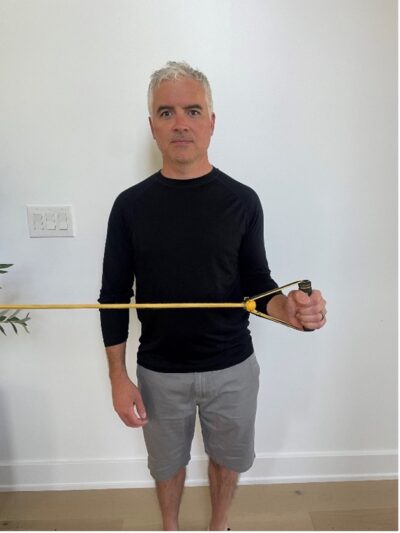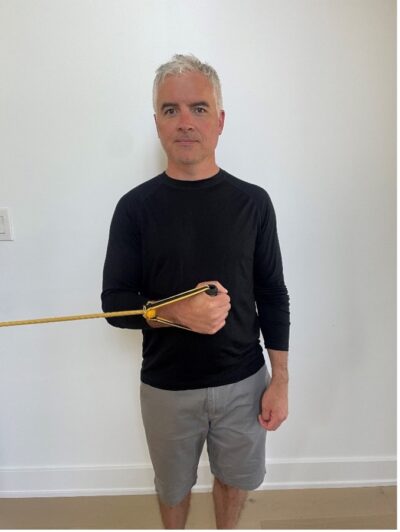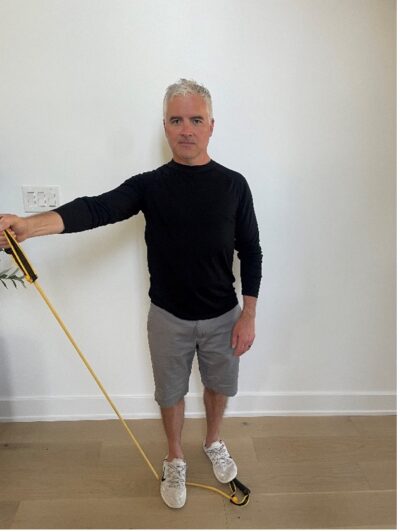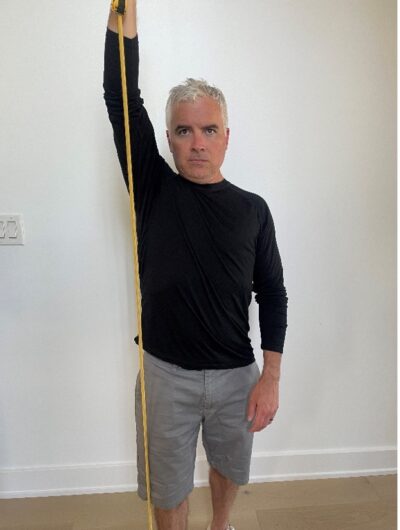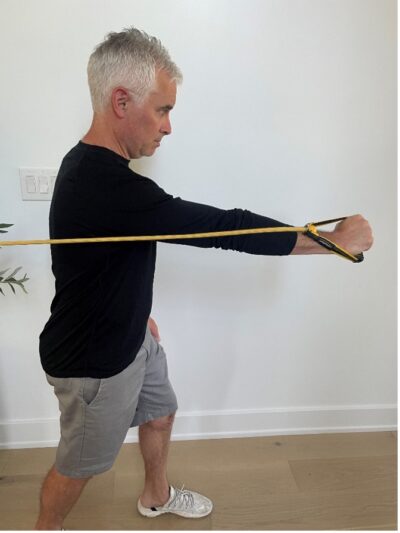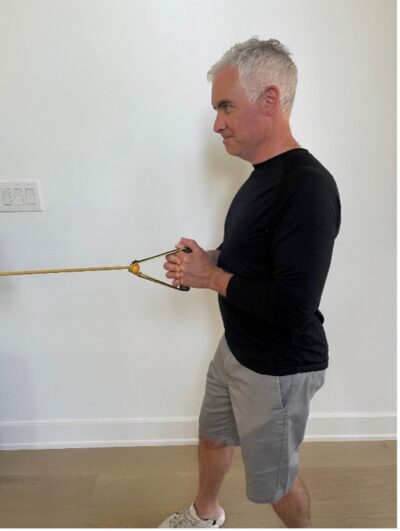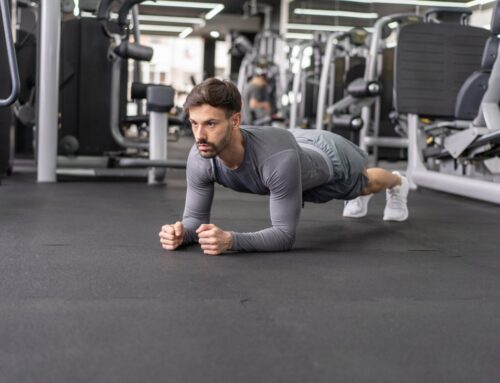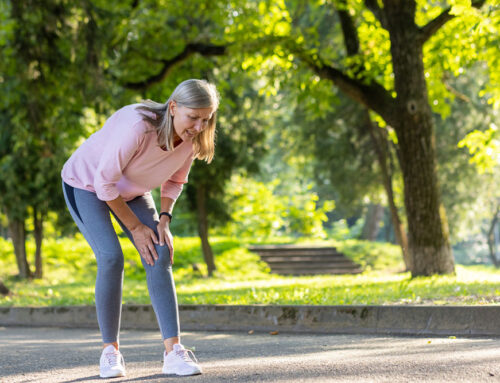Future-Proof Your Shoulders: A Strength Guide for Over 50s
As we cross the age of 50, shoulder pain is somewhat common. To be more specific, the rotator cuff becomes more susceptible to structural change (degeneration and tearing), so it’s fair to say it may not function as optimally as it did when we were in our twenties.
The rotator cuff has been a regular topic on our blog page. It is comprised of four different muscles (the supraspinatus, subscapularis, infraspinatus and teres minor) located under the deltoid muscle. The rotator cuff isn’t frequently injured in younger people, but the statistics of pain and dysfunction in our later years is staggering. The reason for this is that the blood supply to these muscles diminishes as we get older. This not only makes them a little more susceptible to injury, but when injured, they also have a reduced ability to heal. Like many systems in the human body, we need to prepare for this expected natural and normal age-related change and plan ahead.
As we’ve said in many blogs for different areas of the body, you can’t go wrong with strong. Many people seem to be focused on stretching and range of motion, but it’s fair to say that strengthening the rotator cuff muscles will help them function optimally for as long as possible and perhaps keep them healthier. Simply put, our shoulders degenerate as we go through life, and the primary area for this change is in the rotator cuff muscles. Keeping them strong is like the dentist telling us to floss and brush. You may not notice it in the short term, but a lifetime of not flossing or brushing your teeth will be obvious in your later years. In similar fashion, keeping your shoulders strong and the rotator cuff muscles healthy will allow you to do more things when you’re older with less pain. You’ll be glad you did it, even if you don’t notice the short-term benefit.
Common, classic exercises for the rotator cuff muscles
External Rotation
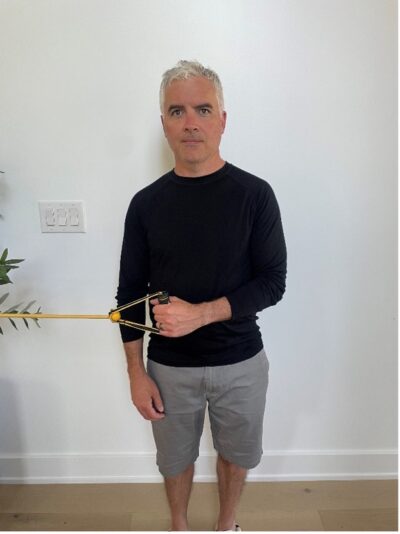
Internal Rotation
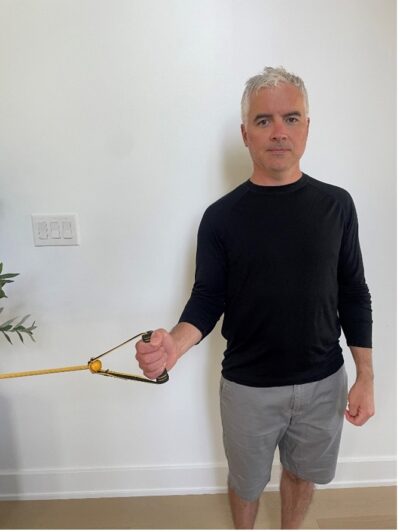
Scaption
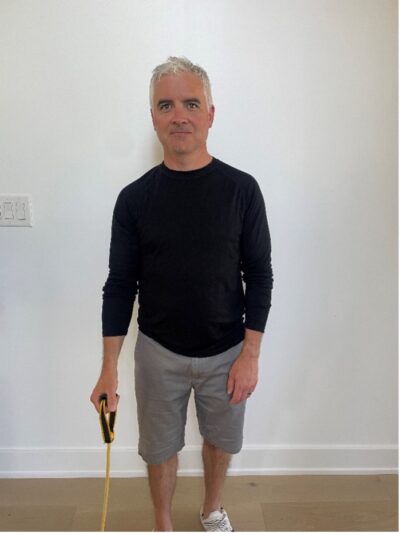
Although these exercises are helpful to keep the rotator cuff muscles healthy, we also must look at function. If you never strengthen overhead, it’s fair to say that lifting something overhead while doing a chore might cause a problem. In other words, although you’re doing exercises to keep the rotator cuff healthy and strong, it’s wise to also do exercises that focus on movements and functions that we’ll need throughout life. Pushing overhead, pushing in front, and pulling are a few examples.
Shoulder Press
(For getting things out of that high cupboard in the kitchen without getting hurt)
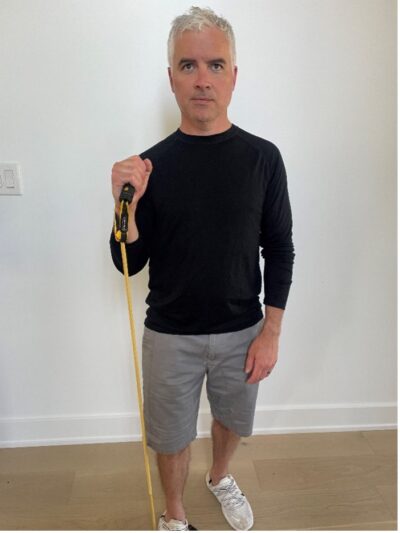
Chest Press or Push Up
(For getting off the floor if we’ve fallen)
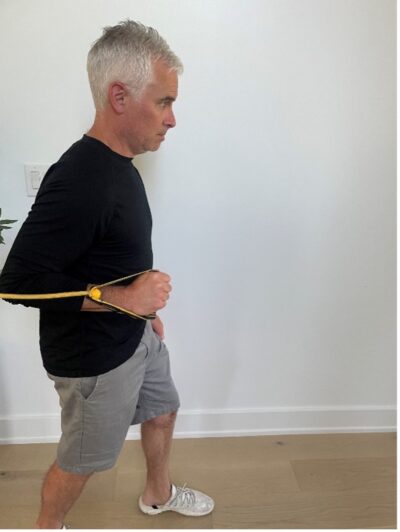
Pulling
(For if we’ve fallen on the floor and need to pull ourselves up. For opening heavy doors and lifting something heavy off the ground)
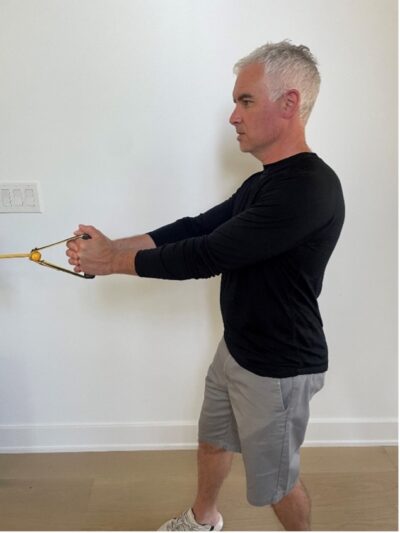
In short, you can’t go wrong with getting your shoulders stronger. Although our tissues might degenerate in our later years, we don’t have to allow it to be a huge problem. You need to think of function in the future and think ahead. How will you start your lawnmower, lift grandchildren and do household chores without getting hurt when you’re older? You need to get ready.
Since shoulder pain is so common, focus on building up the rotator cuff and then performing movements that mimic the demands of life. There really aren’t any bad exercises, but you need to choose a level of exercise that is appropriate for your ability and hopefully targets your needs. This is where a professional can help.
Give us a call and get started on a healthier shoulder plan for the future!


